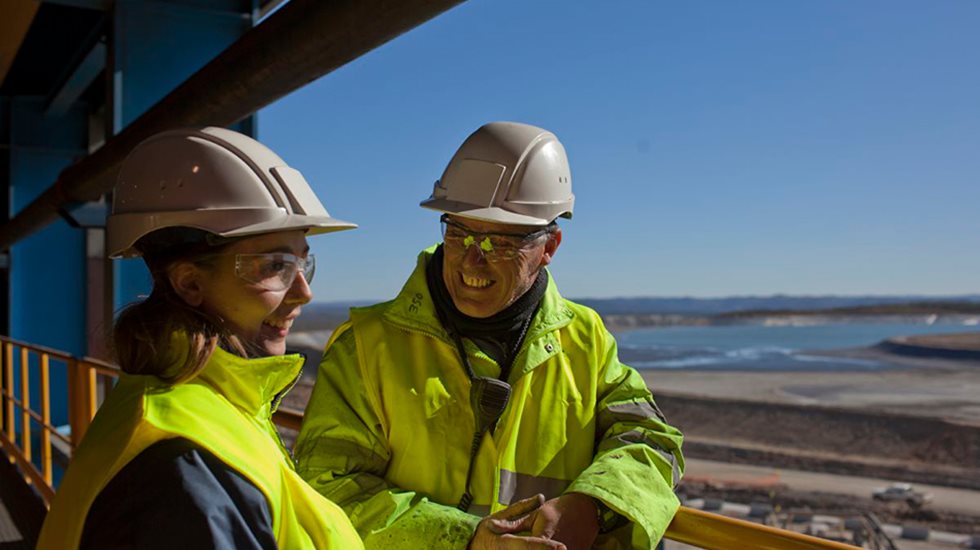Make it about the people
People are the number one reason for managing safety well. They are also seen as an important resource that should be effectively utilized in HSE development. Our employees are professionals who know each step to the core and they might have the solutions to many problems. They just need a chance to be heard.
Our managers feel that time spent on the frontlines is the most genuine way of showing people that they care and the best way to get familiar with reality. Safety conversations are an important tool for asking about safety and, most importantly, listening to the concerns and ideas of the people that face the challenges in their everyday work. A manager putting a suggestion into action is safety work at its best and a great way to boost employee commitment and cooperation.
Safety is something that we all can improve, and reinforcing personal responsibility is crucial since employees are the ones making the final calls. This is especially emphasized in the service operations, where the control of the work environment is mainly in someone else’s hands. Employees must understand and feel confident that they have the right and the responsibility to stop the job if safety is somehow compromised.
Once you have gained people’s trust and appreciation by showing them that you care, they will go the extra mile to be there for your needs.
If it matters to you, it matters to those around you
Changing cultural behavior is not easy – not even to those who passionately believe in it, let alone to those who pretend to for the sake of their professional role. Just saying that you care about it doesn’t do the trick. Talk is only talk if you don’t also walk the talk. Leading by example is crucial for a manager’s credibility.
Every manager or supervisor that wants to be a true professional must understand that looking after safety isn’t just the right thing to do, it’s also part of their job. They are the ones with the responsibilities and practical possibilities to manage safety. “If you can’t manage safety, you can’t manage” summarizes how managing safety is like managing anything else. In order to see a change in safety, managers must understand their part, take ownership, make a plan, and make concerted efforts in cooperation with the rest of the organization.
Becoming blind to real consequences and keeping safety at the very forefront of the mind at all times are seen as the most common stumbling stones. Putting the possible rush aside and being the one that makes everybody stop and think before acting takes confidence and discipline. But keeping safety consistently present in all your decisions, actions and conversations sends a clear message that safety is the top priority for you – and slowly this priority will become a shared priority.
Once your priorities are clear and your motivation for safety is on the right level, it is easy to make safety part of every routine and decision.
Integrate safety into everything you do
Safety shouldn’t be a separate item on the to-do list, it should be part of daily routines and part of normal managerial work. Talking about it, asking for it and tracking it throughout all processes is the way to integrate safety into everything that is done. Safety should be a robust part of the strategy work. Processes should lead and allow people to work in a safe manner.
Safety is closely linked to quality and productivity, and understanding the big picture of the importance of safety benefits managers and supervisors in other areas of business management. Unsafe practices not only jeopardize people, but also business success. The safest companies are the best places to work and they make the best profits. Safety is a result of how companies are organized, how processes are planned, how well people are trained and, most of all, how embedded safety is in everybody’s minds and daily activities.
Once safety is successfully integrated, managers must carry on with continuous efforts. Safety work is something that is never ready or good enough.


